Making an Icon: What was it like to photograph Elizabeth Taylor?
She was one of the most glamorous women of Hollywood’s golden age. Ten years after her death, eight photographers reflect on what it was like to play a part in the creation of her enduring image
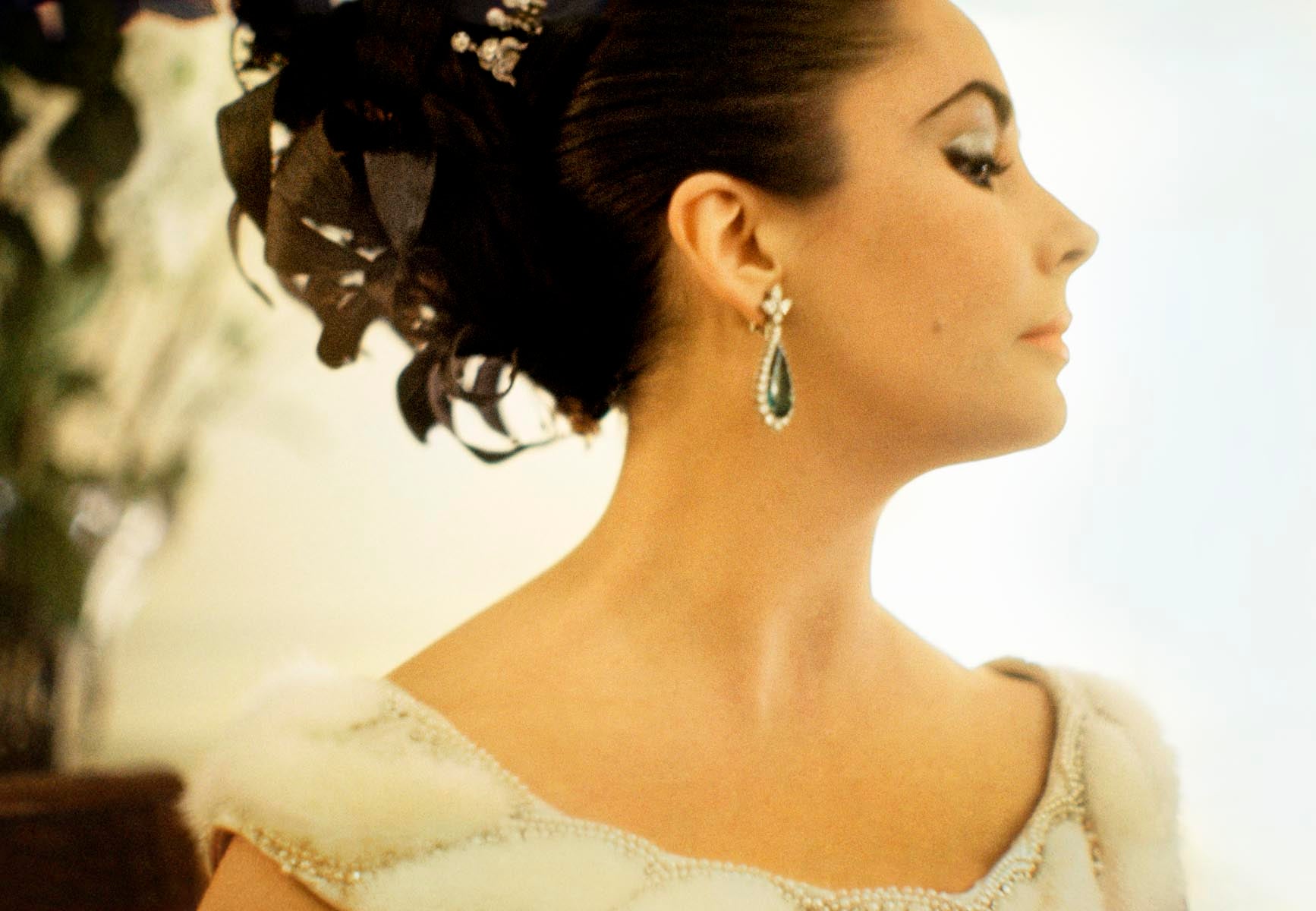
Your support helps us to tell the story
From reproductive rights to climate change to Big Tech, The Independent is on the ground when the story is developing. Whether it's investigating the financials of Elon Musk's pro-Trump PAC or producing our latest documentary, 'The A Word', which shines a light on the American women fighting for reproductive rights, we know how important it is to parse out the facts from the messaging.
At such a critical moment in US history, we need reporters on the ground. Your donation allows us to keep sending journalists to speak to both sides of the story.
The Independent is trusted by Americans across the entire political spectrum. And unlike many other quality news outlets, we choose not to lock Americans out of our reporting and analysis with paywalls. We believe quality journalism should be available to everyone, paid for by those who can afford it.
Your support makes all the difference.Elizabeth Taylor was an obvious Hollywood star from her first lead role in 1944, thanks to her acting skill, charisma and famous violet eyes. But later her turbulent private life and high-glamour style supercharged the public’s fascination for her, as she evolved her from a pretty starlet into a glamorous, ballsy femme fatale. “There was no brighter star than Elizabeth Taylor in front of the camera,” says photographer Gary Bernstein.
She wasn’t always in control of this powerful image. She became the first celebrity to have a paparazzi scandal when, in 1962, she was photographed during a romantic afternoon on a yacht with her married co-star Richard Burton. Even after they made their relationship official, her turbulent marriage to Burton and substance abuse issues would continue add fuel to the tabloid fascination.
The couple would, to an extent, play up to this, posing for intimate photos in tabloids. Taylor would lean into her image as a powerful Hollywood icon, and her personal style become ever more lavish and high camp. Where many famous people today strive to be relatable, the eight-times-married Taylor was resolutely un-relatable, revelling in the old Hollywood constructions of extravagant, escapist glamour.
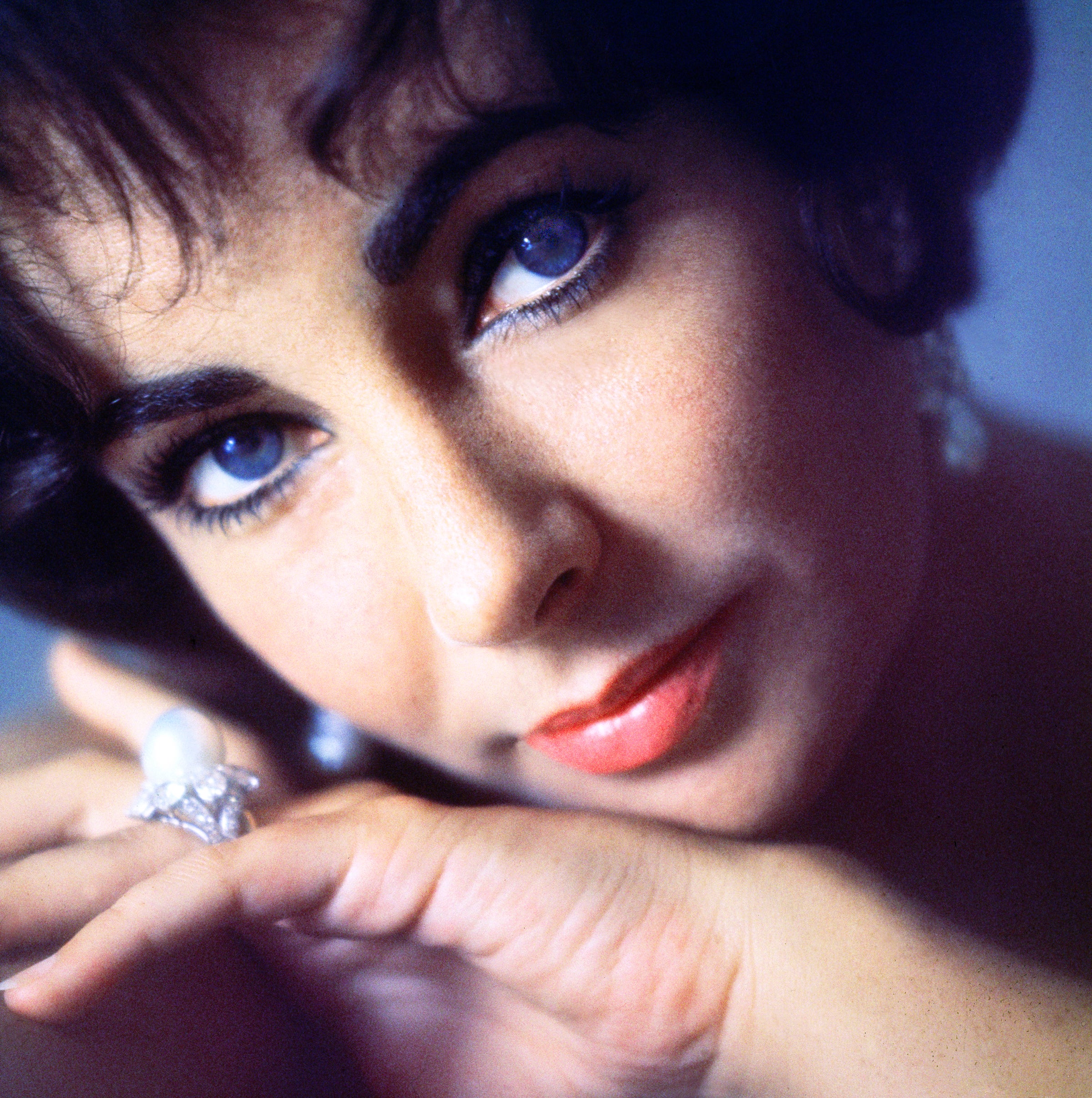
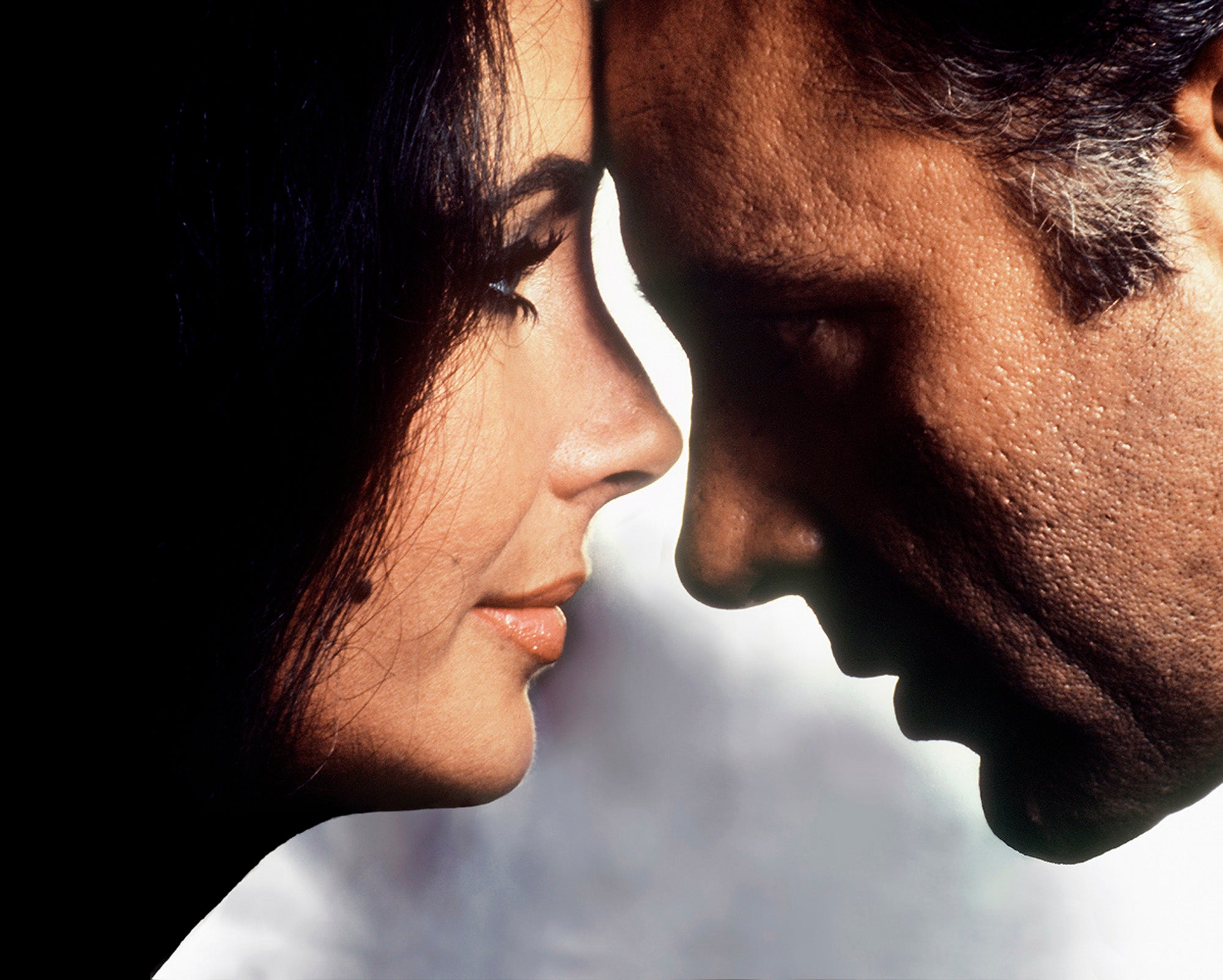
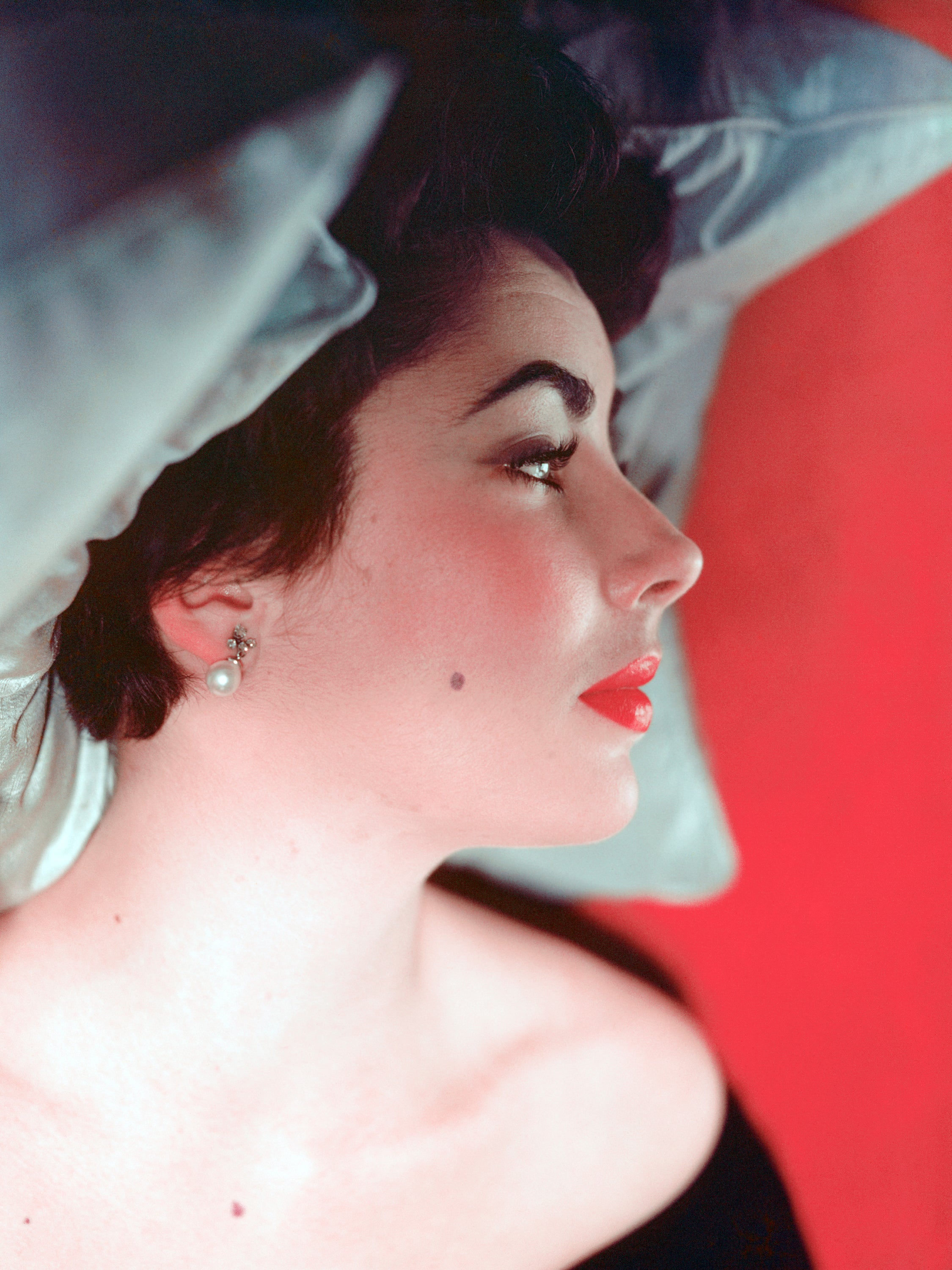
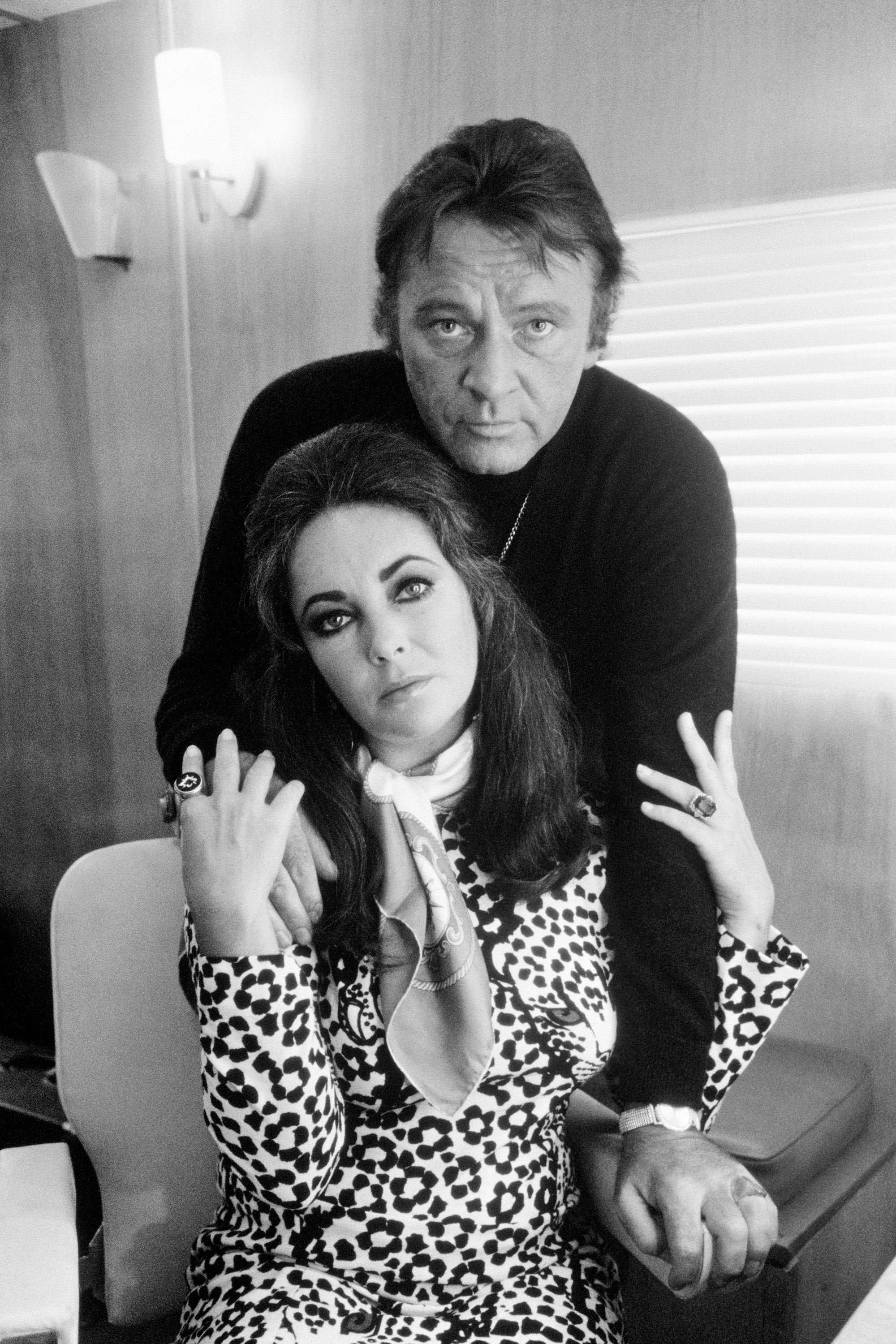
What was it like to photograph a star with such a formidably strong and complex persona? In a new photo book, Forever Elizabeth, archive images from photographers Norman Parkinson, Milton H. Greene, Douglas Kirkland, Gered Mankowitz, Eva Sereny, Terry O’Neill, Gary Bernstein and Greg Brennan are revisited, along with their relationship with the star and their role in creating her enduring image.
“It was Elizabeth, never Liz,” photographer Terry O’Neill, who died in 2019, once wrote. “And no matter if there were 50 other people in the room or two, she was always the centre of attention.” Yet she also had a vulnerable side – he recalled finding her at Paramount Pictures’ 75th anniversary photoshoot in 1987, hiding in the dressing room. “She said, ‘But there are so many stars out there,’” O’Neill wrote. “I couldn’t help but laugh. Here she was – Elizabeth Taylor – one of the greatest actors, ever, nervous. “I looked at her and said, ‘But Elizabeth, you are the biggest star in the room’.”
Photographer Gered Mankowitz met Taylor and Burton in 1967 as a stills photographer for their film Boom!, which would go on to bomb at the box office. “Richard Burton was rather welcoming to me and was good fun to be around,” Mankowitz recalls, “highly entertaining off-camera and seemingly slightly drunk throughout. Elizabeth Taylor was much more reserved and kept me at a distance.
“Every day there was some sort of crisis on the set, sometimes quite trivial and on other occasions all-out rows with screaming and things being thrown. On one occasion Burton locked himself in his caravan and refused to come out because he had discovered that Taylor had more lines than him! The tension between them was palpable but it was also what made them so exciting, this chemistry that they had, so destructive in one way and yet so powerful on screen in the right hands.”
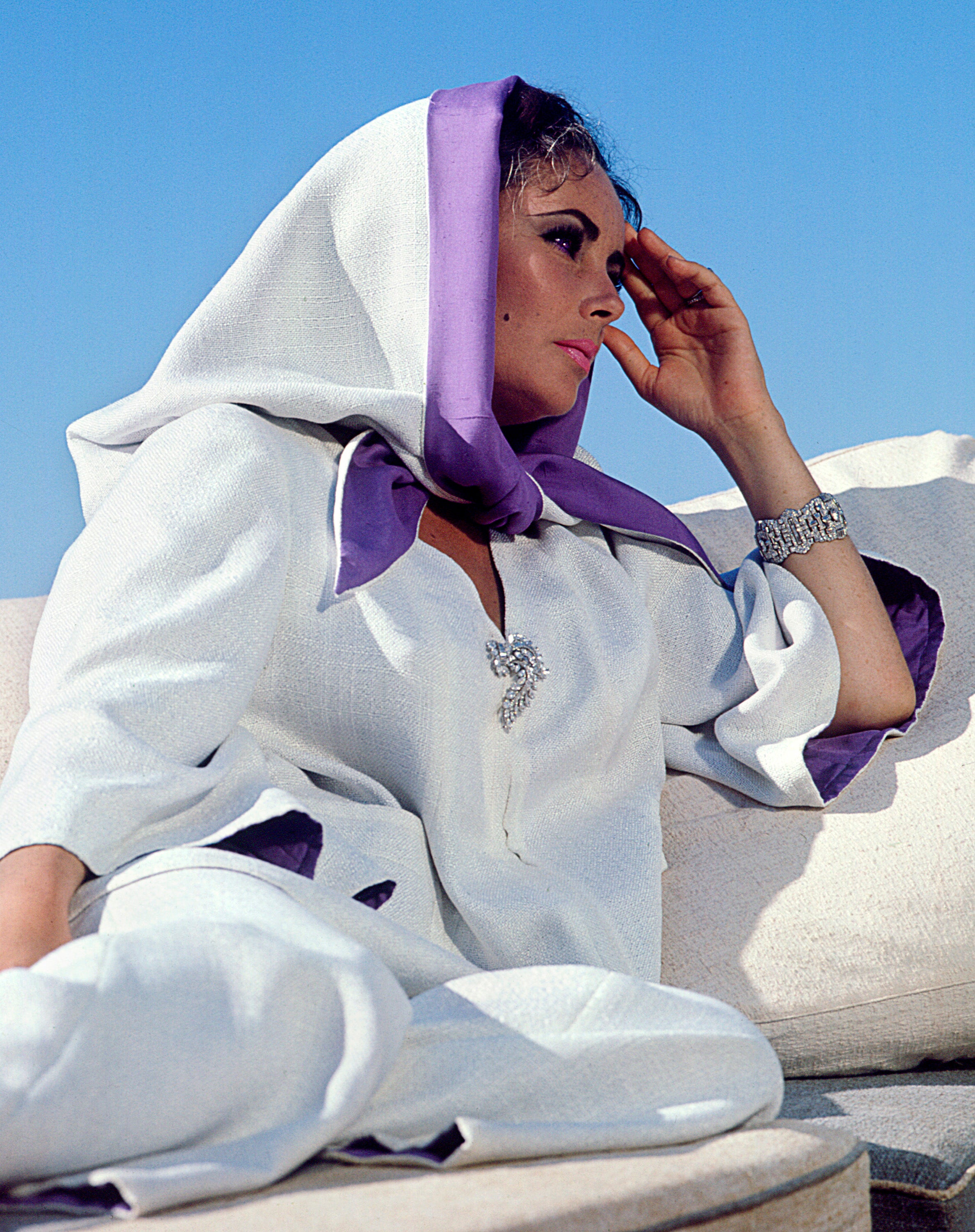
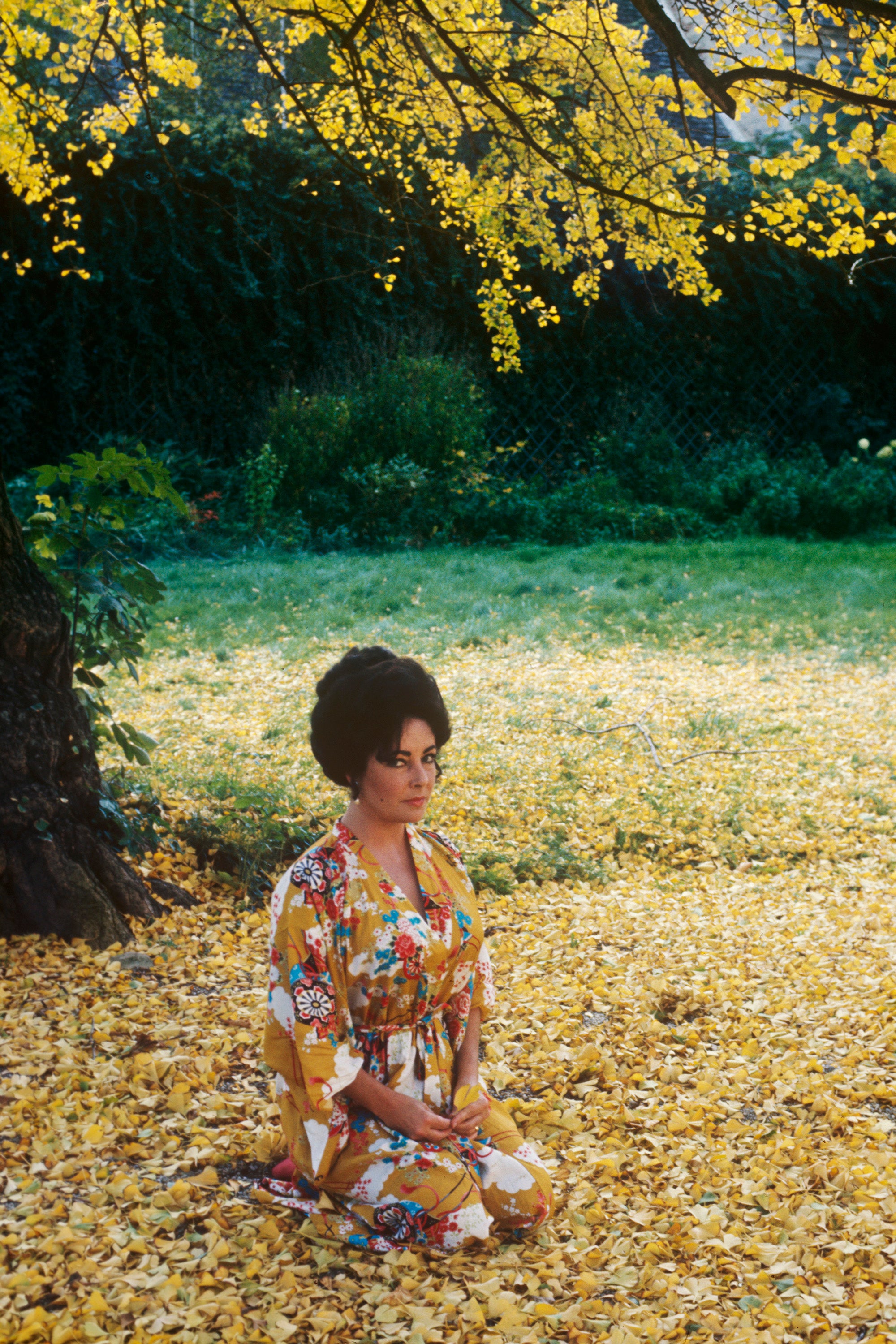
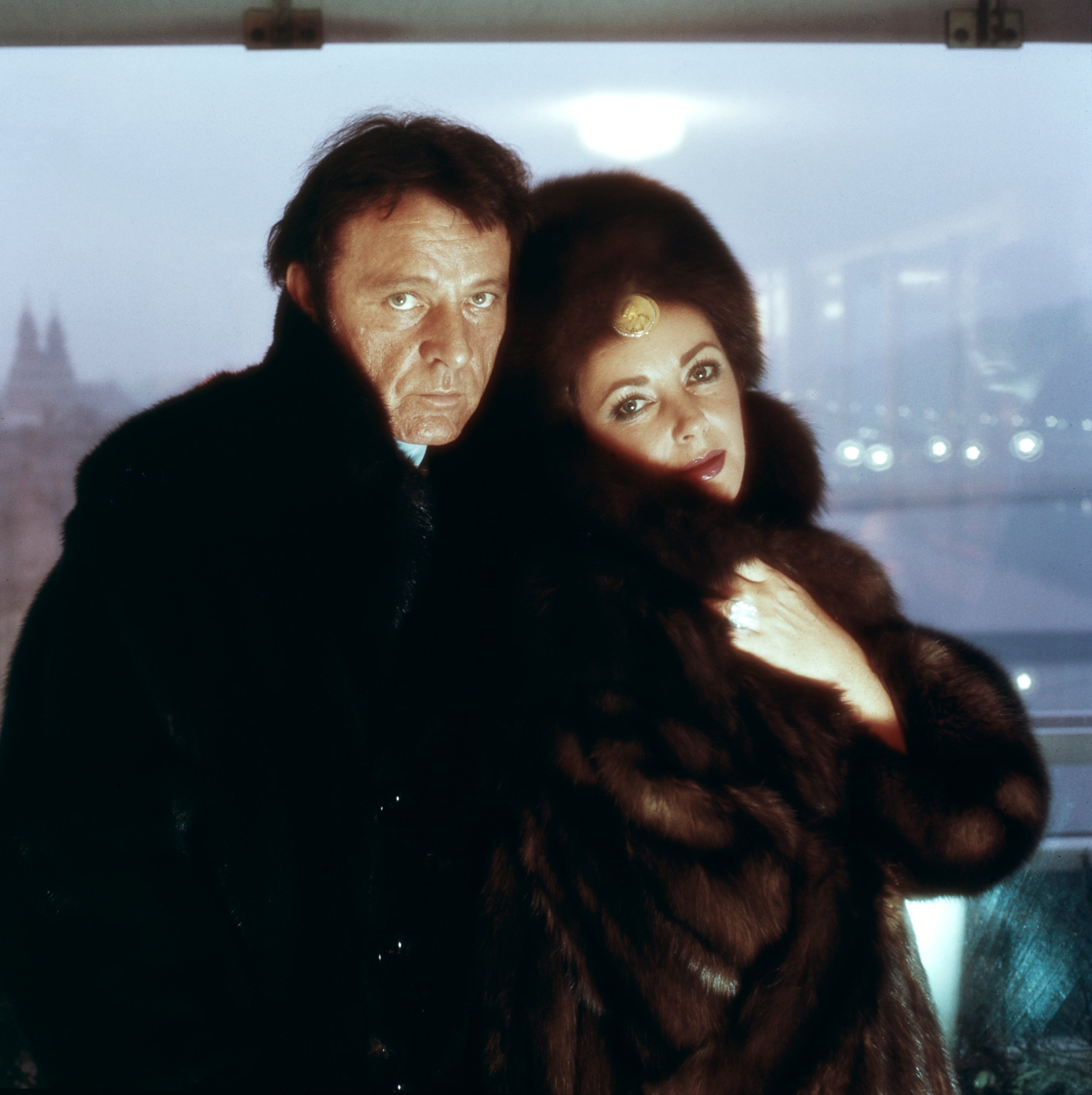
His relationship with the actress ended soon after the disastrous shoot. “When it came time for me to leave and I went to pay my respects to Elizabeth Taylor, she looked me up and down, sighed and didn’t say a word.”
Taylor retained an ambivalence towards her image and celebrity, apparently baffled by the mechanisms of fame. “The Elizabeth Taylor who’s famous, the one on film, really has no depth or meaning to me,” she told Life magazine in 1964. “She’s a totally superficial working thing, a commodity. I really don’t know what the ingredients of the image are exactly — just that it makes money”.
But later she learned to assert control over the value placed on her image. An early advocate for Aids research, she sold photographs of her eighth wedding in 1991 to People for $1m (£740,000), and used the money to launch the Elizabeth Taylor Aids Foundation at a time when the disease was still heavily stigmatised.
“I decided that with my name I could open certain doors, that I was a commodity in myself – and I’m not talking as an actress,” she told Vanity Fair in 1992 of her advocacy work. “I could take the fame I’d resented and tried to get away from for so many years – but you can never get away from it – and use it to do some good. I wanted to retire, but the tabloids wouldn’t let me. So I thought, If you’re going to screw me over, I’ll use you.”
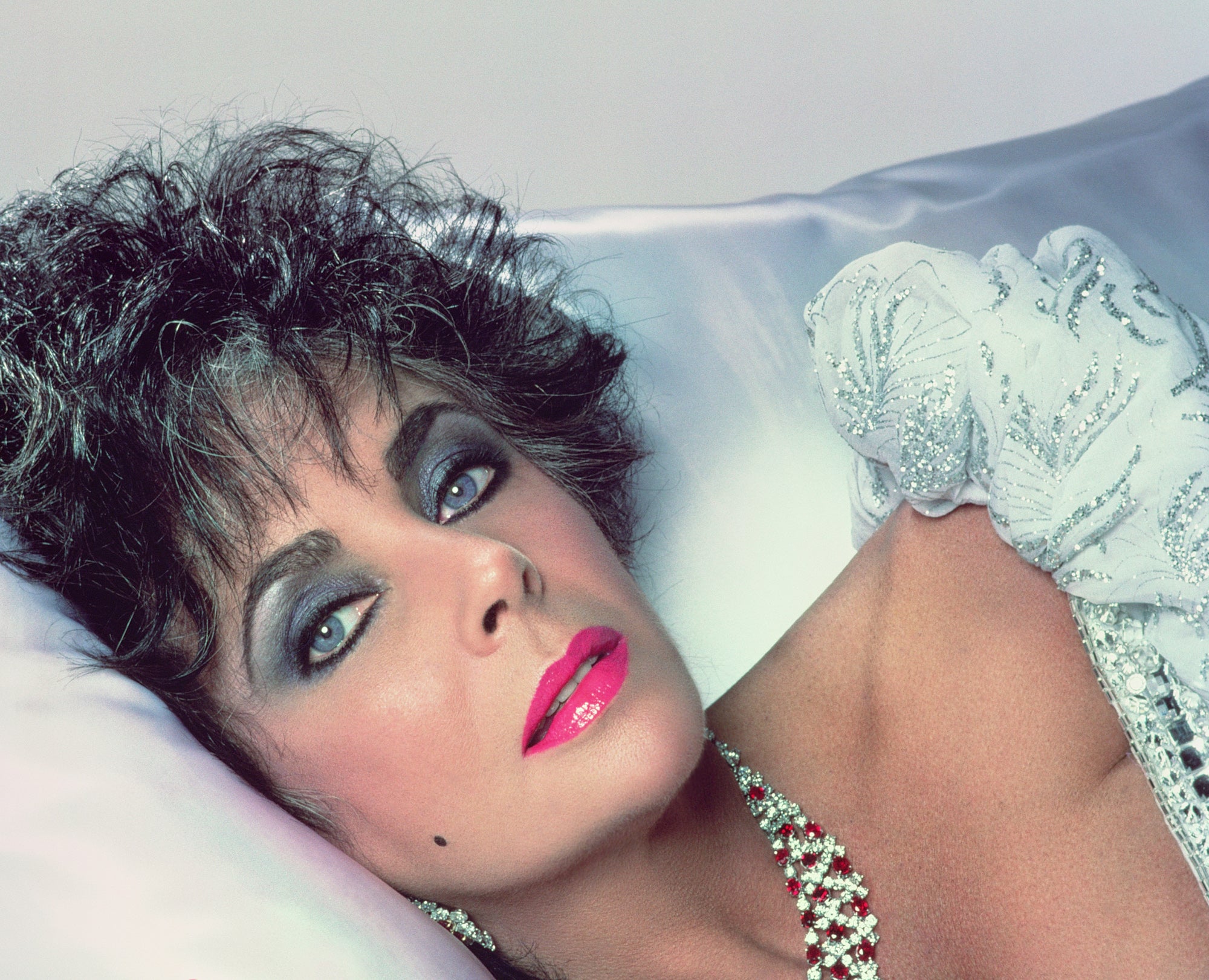
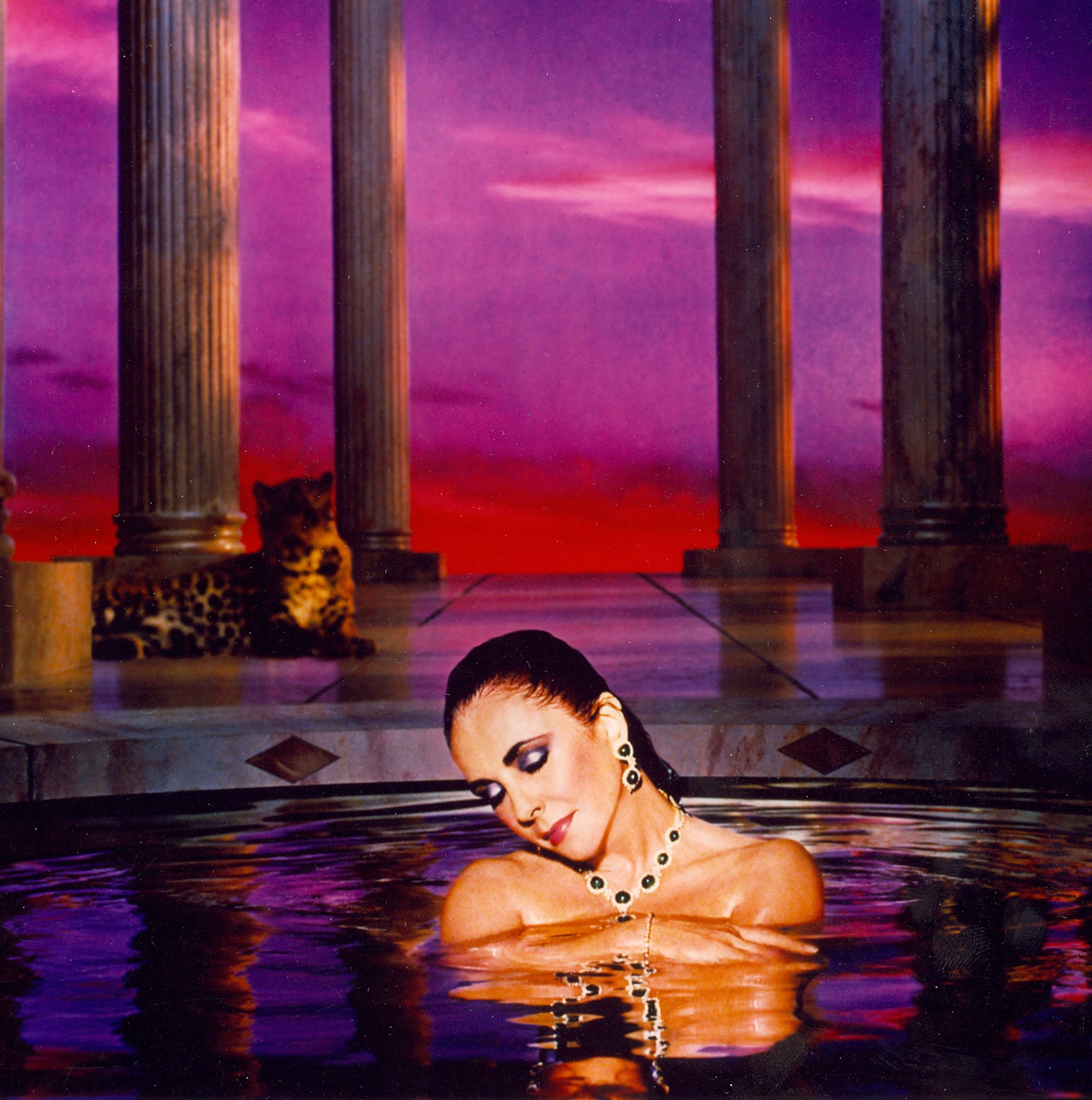
She also her image to launch a successful jewellery line and perfume range, and as one of the first celebrities to become a brand, she accumulated a fortune of hundreds of millions of dollars before her death in 2011. Photographer Gary Bernstein worked with Elizabeth Taylor numerous times for these campaigns. One of his more notable images of her is from an extravagant, bonkers 1989 shoot for her Passion Body Riches line, in which she bathes in a pool watched over by a real leopard (Bernstein calls it “Arguably one of the most expensive still photographs ever made”.)
“The set was built on a Hollywood soundstage and took nearly a month to construct,” he writes. “We photographed the leopard the day before – no reason to have to deal with Elizabeth Taylor and the leopard at the same time. I’m kidding. I’m kidding…”
“There was never a session that we weren’t shooting for a quantity of clients or magazine covers the same day,” he says. “It was extreme pressure, but such is the life of a one-of-a-kind legend. I loved working with her. She was a special person and a special friend; tough yet tender, brash yet elegant, and always Forever Elizabeth.”
Forever Elizabeth is available now from ACC Art Books
Join our commenting forum
Join thought-provoking conversations, follow other Independent readers and see their replies
Comments